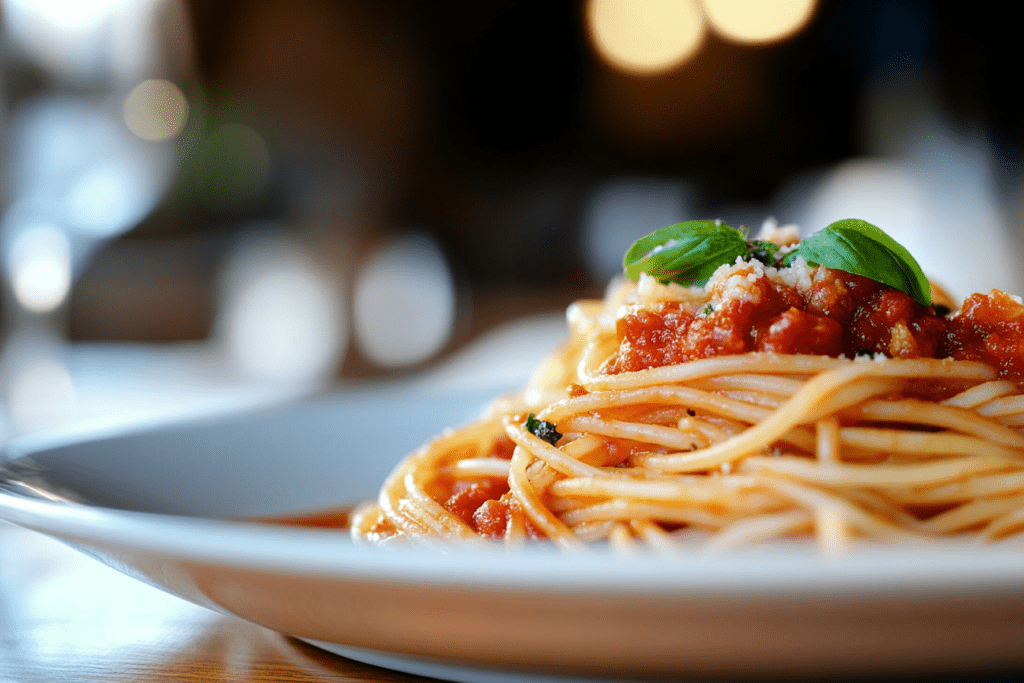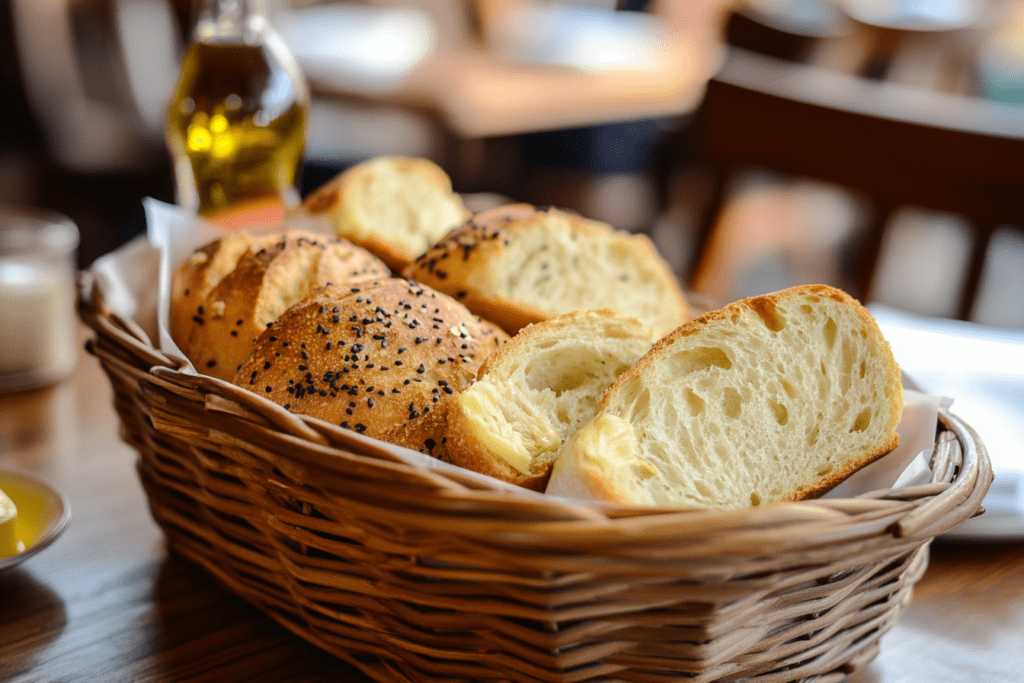Walking into an Italian restaurant should transport you to the heart of Italy, where authenticity reigns and tradition matters. But not every establishment claiming to serve Italian cuisine delivers on this promise. According to Michelin-starred chef Stefano Secchi, there are several immediate warning signs that should make you turn around and head elsewhere.
Drowning pasta in excessive sauce is a major mistake

In authentic Italian cooking, pasta isn’t simply a vehicle for sauce – it’s the star of the show. When you see a plate arrive with pasta swimming in an ocean of sauce, that’s your first red flag. True Italian chefs understand that sauce should coat the pasta, not create a soup.
The proper ratio allows each strand or piece to maintain its texture while complementing the overall dish. Watch for puddles of sauce at the bottom of your plate – this indicates poor technique and a fundamental misunderstanding of Italian cooking principles.
Out-of-season ingredients reveal poor sourcing practices
Nothing screams “tourist trap” louder than a caprese salad featuring pale, mealy tomatoes in December. Authentic Italian cuisine relies heavily on seasonal ingredients at their peak.
When restaurants ignore seasonality, they’re prioritizing profit over quality. Winter menus should showcase ingredients like root vegetables, winter squash, and hearty greens – not summer produce that’s been shipped from thousands of miles away.
Poor quality bread service signals broader problems

The bread basket tells a story about a restaurant’s standards. Stale bread paired with margarine instead of real butter or premium olive oil indicates corner-cutting. What else might they be compromising on in the kitchen?
Quality Italian restaurants pride themselves on their bread service. Fresh, house-made bread with a crisp crust and tender crumb, served with high-grade extra virgin olive oil or real butter, sets the tone for the entire meal.
Misnamed pasta dishes indicate lack of expertise
Would you trust a French restaurant that confused a croissant with a baguette? Similarly, Italian restaurants that mix up their pasta names reveal a concerning lack of knowledge. When you spot “tortelloni” being served as “tortellini,” it’s not just a minor spelling error – it demonstrates a fundamental misunderstanding of Italian cuisine.
These naming conventions have existed for generations, each with specific meanings and preparations. Restaurants that don’t respect these distinctions might be taking other shortcuts with traditional recipes and techniques.
Subpar coffee service reveals the final deal breaker

The true test often comes at the end of the meal. A watery espresso served with packets of sugar instead of proper cubes speaks volumes about attention to detail. In Italy, coffee isn’t an afterthought – it’s an essential part of the dining experience.
What if every Italian restaurant took as much pride in their coffee service as they do in their main courses? Imagine finishing a meal with a perfectly pulled espresso, complete with the right crema and temperature, served with proper accompaniments.
Remember: authentic Italian restaurants honor traditions while maintaining high standards across every aspect of service. When you spot these warning signs, trust your instincts and seek out establishments that truly respect Italian culinary heritage. The difference between mediocre and magnificent often lies in these seemingly small but significant details.


